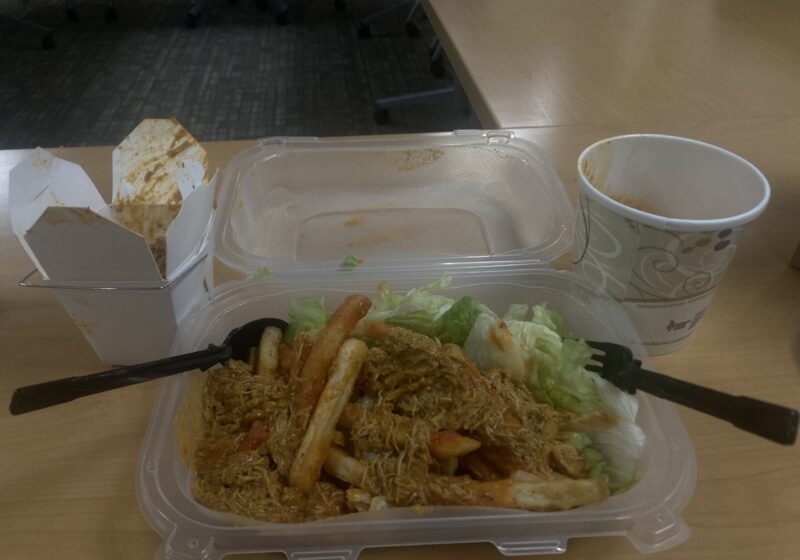OK, OK. You’ve got the gear. You’ve got the gumption. Time to get down to brass tacks here. You’re ready to brew. But hold on! Are you sure everything is sanitized? Make sure I’ll wait. Yes? All right then, let’s begin. Welcome to part two of The Glass Half Full’s Intro To Brewing!
Two weeks ago we covered the equipment. I should briefly go over the fermentable and hops as well. The wort (fermentable liquid) needs to be made from stuff with a high fermentable sugar content. The most popular option is malted barley. I’ve talked about it before so I’ll spare you. You can get all sorts of barley these days.
For the intrepid brewer, whole grain is available. You need to mill the grain and then boil it in water for an adequate amount of time in order to get a sugary mash.
Once you have the mash, you have to add the hops. This mixture is called ‘all-grain.” On the contrary, ‘Extract” brewing is for guys like me, who don’t have the time or patience to wait for the grains to steep like a big vat of beer tea.
Extract (either dry or wet) is a form of malt that is already milled and boiled to give you a sweet, sweet batch of fermentable stuff. A lot of liquid comes pre-hopped but you can get unhopped malt as well.
If you go all-grain or unhopped malt extract, you have to do the hopping yourself. Hops come in pellets or whole cones.
There are two types of hops: bittering and aroma. The bitter hops give beer that familiar bitter bite. Aroma hops just give it a piney/citrus smell.
You can also vary the amount of roasting that the malt undergoes and make different combos of both bittering/aroma hops but we’ll stick to the basics here. Pro tip: just go to Beers of the World and tell them what you want to do and how much experience you have. They’ll
guide you right.
OK, you’ve got your stuff. Time to brew! The key to brewing is patience. Ideally, you can just follow the recipe on the malt can or in a book but here’s a brief overview for extract brewing.
First, you load your carboy with room temperature spring water, about two gallons. Put three gallons of water into a pot and bring it to a boil.
Once boiling, add your malty goodness. If it was all-grain, the water level should be less because you’d have to do what’s called ‘sparging,” which is rinsing the grain with more water to get all of the sugars out. Since we’re doing extract, you can just skip this step and fill the pot with three gallons instead of two. You boil the malt extract for a solid 30 minutes to an hour.
If you were doing all-grain, after an hour you’d put in your hops and let it boil for another 30 minutes to an hour (depending on how bitter you want things shorter if you want it nice and malty, longer if you want it as bitter as I am when it comes to Bono. Man, I hate U2).
Oh, while you’re letting things boil, I suggest rehydrating your yeast if it’s dry. Just mix it with some warm (not hot) water and a bit of sugar.
All right, you’ve boiled for the appropriate time. Now what? Cool that sucker off! You want to chill it as quickly as possible to prevent off flavors in your beer from sulfur compounds.
Want a beer that tastes like cabbage and burnt matches? Then let it cool slow. It will also help certain proteins settle that you won’t want in the beer you store for extended periods of time.
Once it’s hit a comfy 78 degrees Fahrenheit, you want to pour it (slowly) into your carboy and pitch your yeast. Since you have already rehydrated your yeast, just go ahead and put it in.
If you get the liquid pitchable yeast, just dump it in. Cap her with an airlock filled with water (or vodka if you’re super paranoid about germs like me).
Wait for it to ferment for a week and then bottle it (which I won’t cover because I hate it). Bam, beer.
There you have it, a quick overview on how to make your first batch of brew! Not so hard when someone explains it to you, huh?
I urge you to go out and give it a shot. Maybe one day you’ll be making beer that people will buy on the shelves.
Note: This is not a complete guide, or probably a completely right one either.
I probably made mistakes. Feel free to e-mail me about them.
My e-mail is always at the bottom.
Spolverino is a member of the class of 2010.
Scott’s e-mail address is scott.spolverino@rochester.edu.
He reviews beer and wine for www.inwithbacchus.com.




